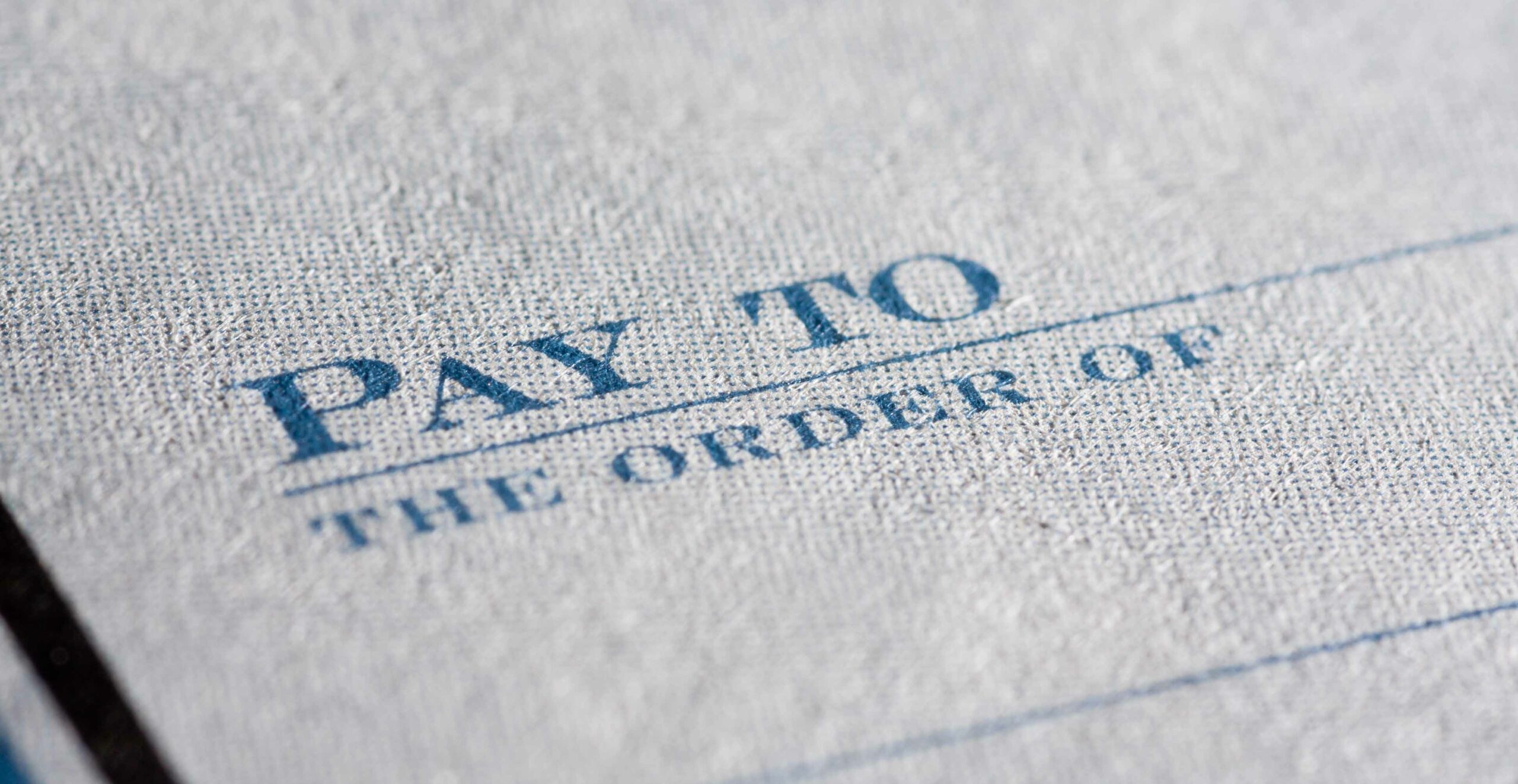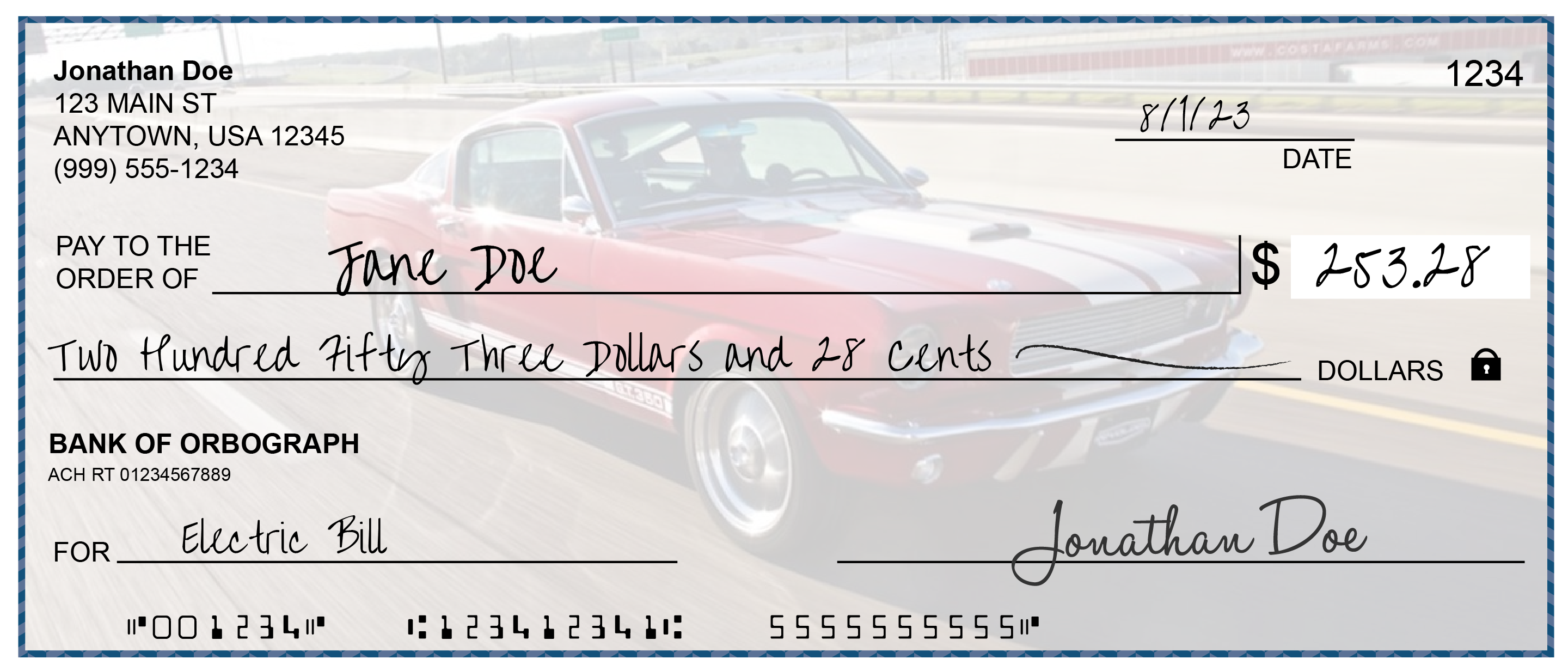Reverse Positive Pay for Personal Checking Accounts — Strong Fraud Mitigation or Shifting Liability?
- Reverse Positive Pay adds fraud protection but may burden customers
- Banks should offer, not require, Reverse Positive Pay
- Reverse Positive Pay alone is not enough - banks need multi-layered fraud detection as well
Over the past few months, we've explored the efficacy of Positive Pay systems, noting that "77% of Businesses Using Positive Pay Report Fewer Check Fraud Attempts or Losses" according to research by the NEACH Payments Group. Businesses benefit from this service provided by their FIs, as check transactions are compared to issue files. Payee Positive Pay is most effective in identifying altered payees.
So, why not bring this model to personal checking accounts?

Reverse Positive Pay for Personal Checking Accounts
It's a topic that has gathered momentum within check fraud discussions; indeed, while there are various "flavors" to this solution, most agree on this approach as most feasible:
- An account holder writes a personal check
- Account holder signs into their mobile app or online account
- Account holder uploads a picture of the check and adds details like payee name, amount, date, etc. Check recognition system can verify the information in real-time
- Account holder sends check
- When paying bank receives the image of the check from the BoFD, the data can be verified
- If data does not match, account holder is sent a notification to verify payment or reject

While the steps might seem a bit onerous, it does provide added check fraud protections for account holders. There are, however, a few problems with this solution.
Drawbacks for Reverse Positive Pay for Personal Checking Accounts
First, some check writers may not be willing to take the few extra steps for reasons varying from lack of technological savvy to the feeling that "this takes too much effort." Remember, "behavior" is a major factor as to why checks are sticky, according to Shai Stern, CEO of CheckAlt. For banks who are considering making it a requirement, this could easily cause customer loss as switching banks is easier than ever.
Additionally, as we noted in a recent blog post covering Reverse Positive Pay, there are pundits who believe that this isn't protecting their customers against fraud. As declared by #FraudFighter Thomas O'Malley, "This is not a fraud mitigation program; this is a screw the bank customer program."
Long story short: If an individual does not respond within a certain time, they become liable for the fraud.

Should Banks Deploy Reverse Positive Pay for Personal Checking Accounts?
Yes, banks should absolutely deploy Reverse Positive Pay for personal checking accounts to their customers that want it. Forcing customers to utilize this tool would cause negative reactions, even though the solution indeed mitigates risk and losses.
However, banks must remember that they cannot solely rely on Reverse Positive Pay -- or even payee Positive Pay -- for check fraud detection. Banks need to take a multi-layered approach, deploying a multitude of technologies to detect check fraud for business and personal accounts, including:

- Behavioral Analytics
- Image Forensic AI
- Positive Pay & Reverse Positive Pay
- Consortium Data
- Dark Web Monitoring
The fight against check fraud is not a battle banks can win on their own. Customers need to be aware of the risks and dangers -- and be part of the solution -- to effectively stop check fraud.